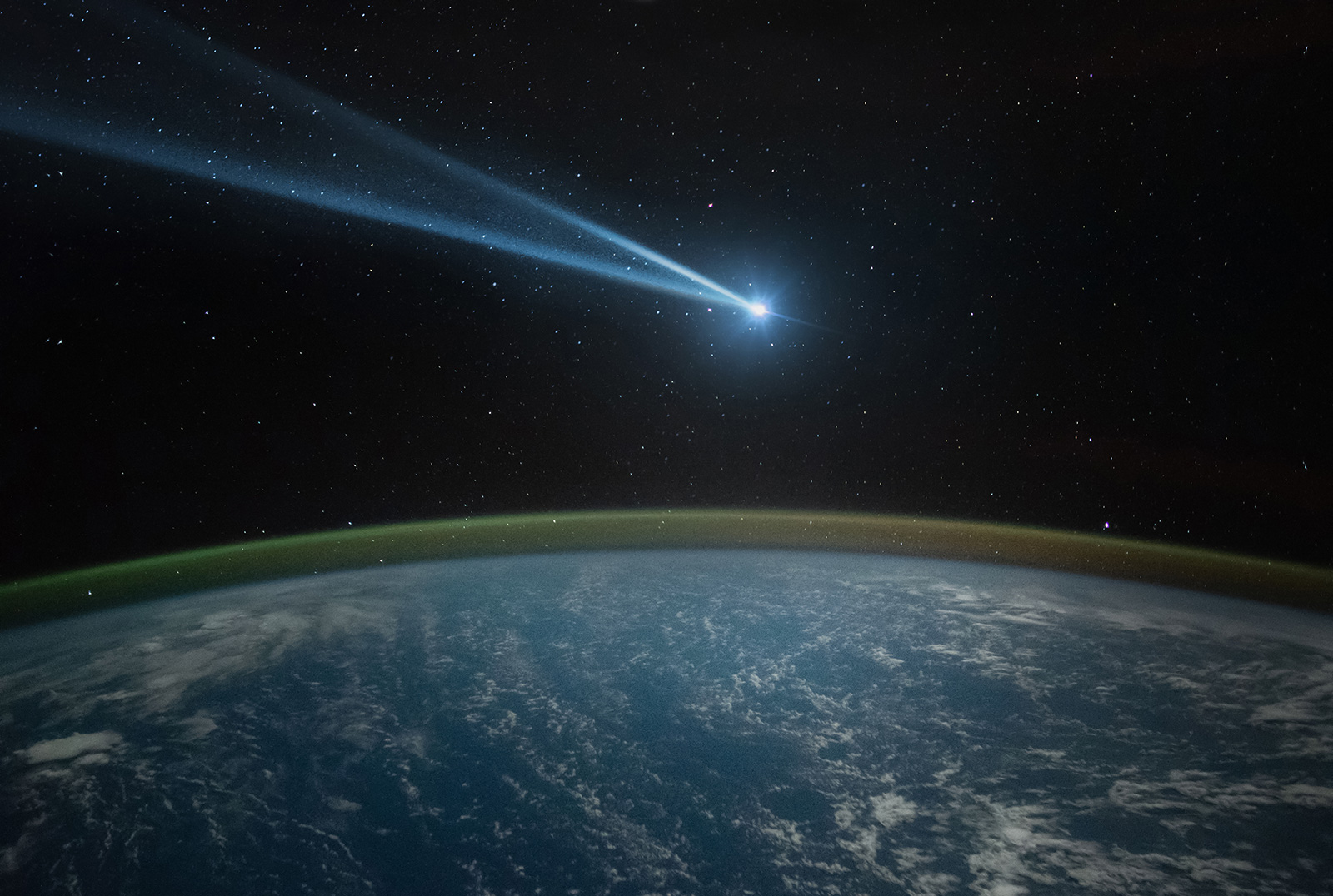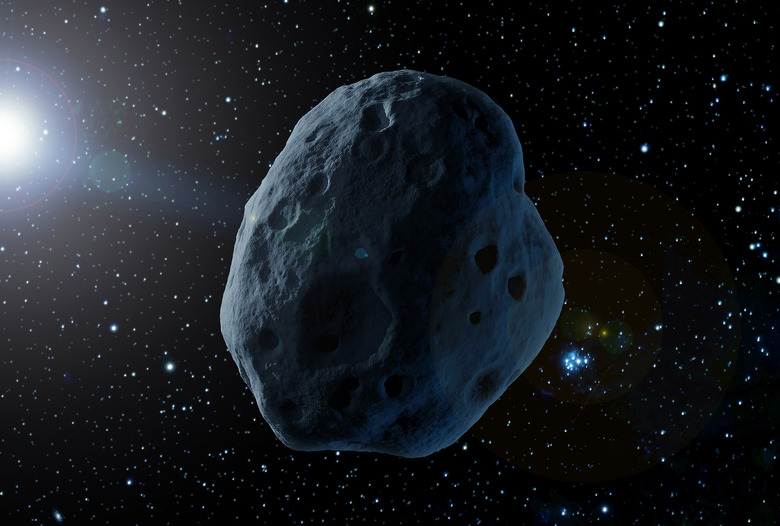You Can Watch An Asteroid Pass Earth This Week
A 2,000-foot-long asteroid stormed past Earth this morning. The asteroid in question is 2013 NK4. It's almost twice as big as the doomsday asteroid Apophis, which is expected to pass close to the Earth in 2029. While the asteroid might have blown past our planet this morning, the best time to see it in the night sky is actually tomorrow, April 16. Here's how.
The asteroid is an annual passerby here on Earth. It follows an elliptical orbit that sees it orbiting the sun every 378 days. That means this is your last chance to see it until next year.
Asteroid 2013 NK4 passed by Earth around 10:51 a.m. ET this morning. But you'll have a better chance to see it as it flies away from the Earth on April 16 and 17. To see it, all you need to do is head outside and look up into the sky with a telescope while it's dark out.

You should then be able to spot the asteroid moving across the sky. It's not going to be extremely bright, though, so make sure you look hard. Asteroid 2013 NK4 is, of course, just one of the many asteroids that breeze their way past Earth throughout the year. While it didn't come close enough to pose any danger, the asteroid is more than large enough to create a "doomsday" event if it did.
The asteroid isn't expected to pass Earth again until April 23, at which point experts estimate it will storm past our planet around 7:12 a.m. ET.
Asteroid 2013 NK4 passed Earth at a sweeping eight times the distance to the moon, meaning it didn't come close to us at all. Earthsky.org has created some really helpful finder charts to help skywatchers find the asteroid with a small telescope, so make sure to head outside while it is dark on the 16th and 17th to see the asteroid for yourself.
The asteroid is expected to appear southwest of the constellation Virgo, so use that as a starting point. NASA also plans to study NK4 over the coming days and years to learn more about the annual visitor.
